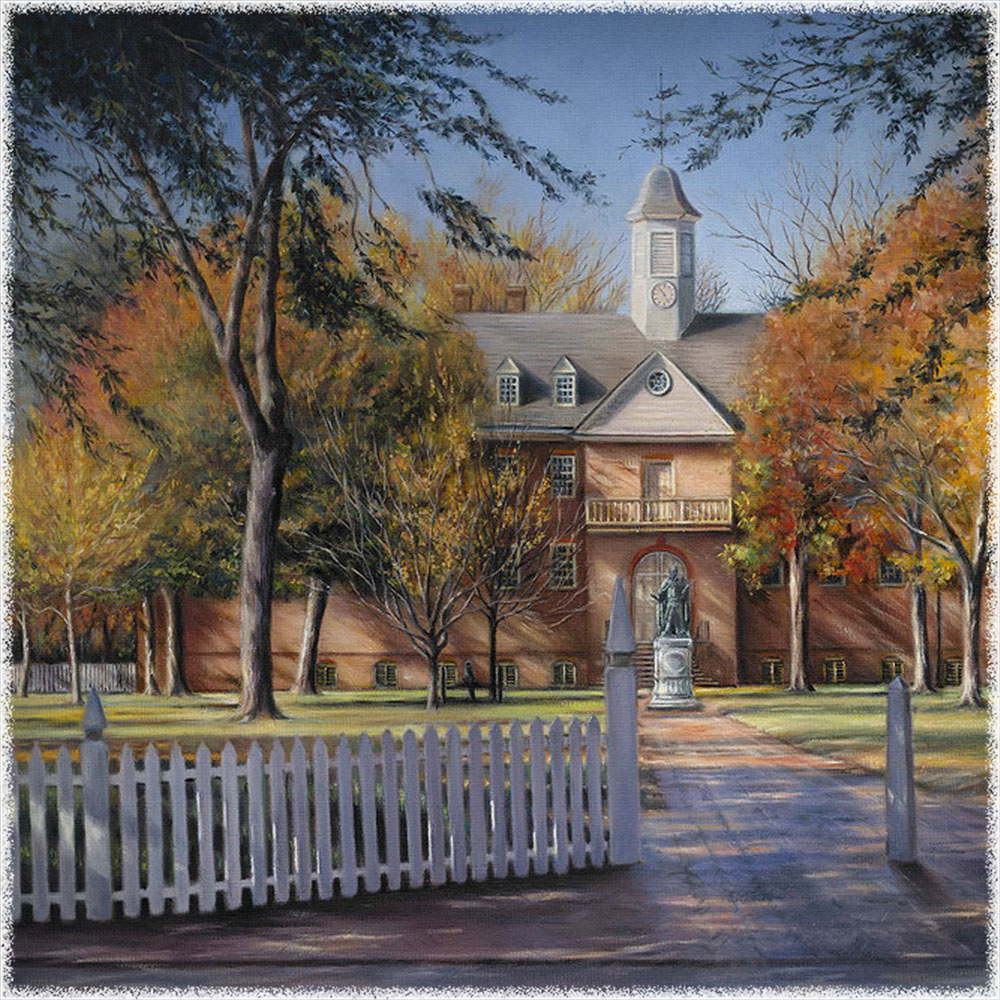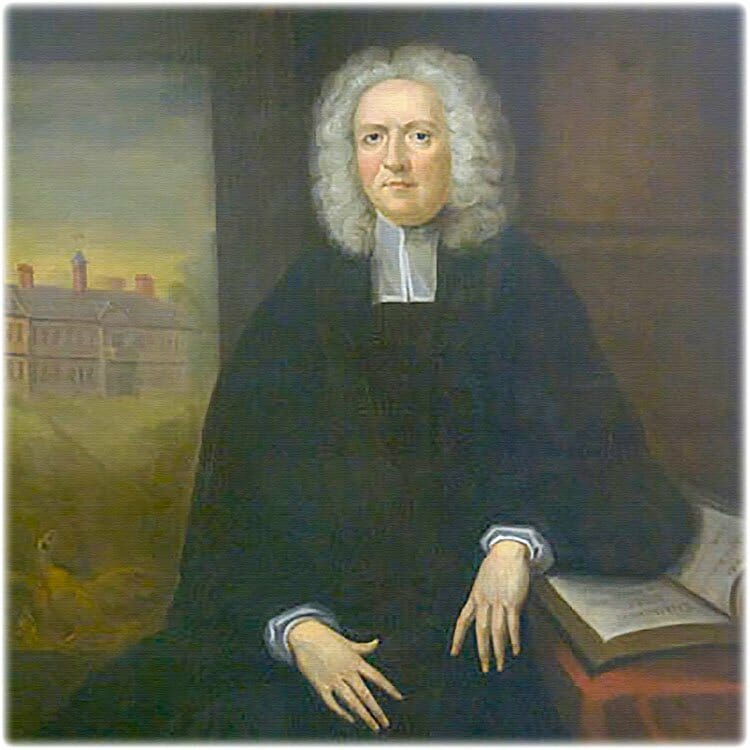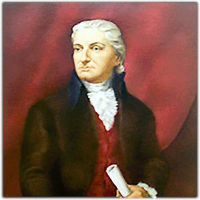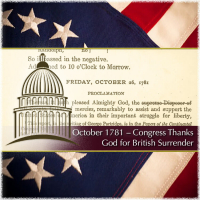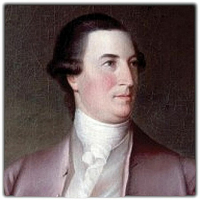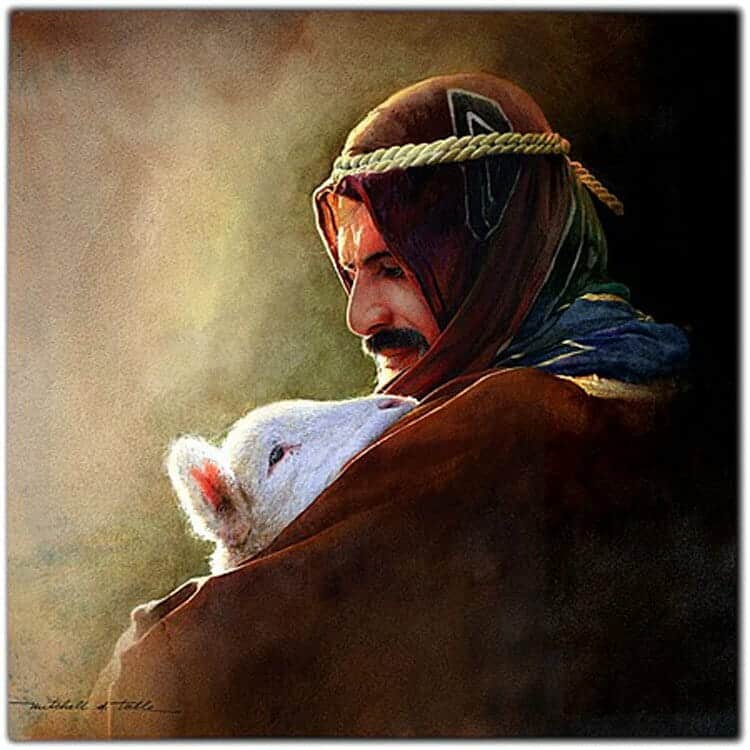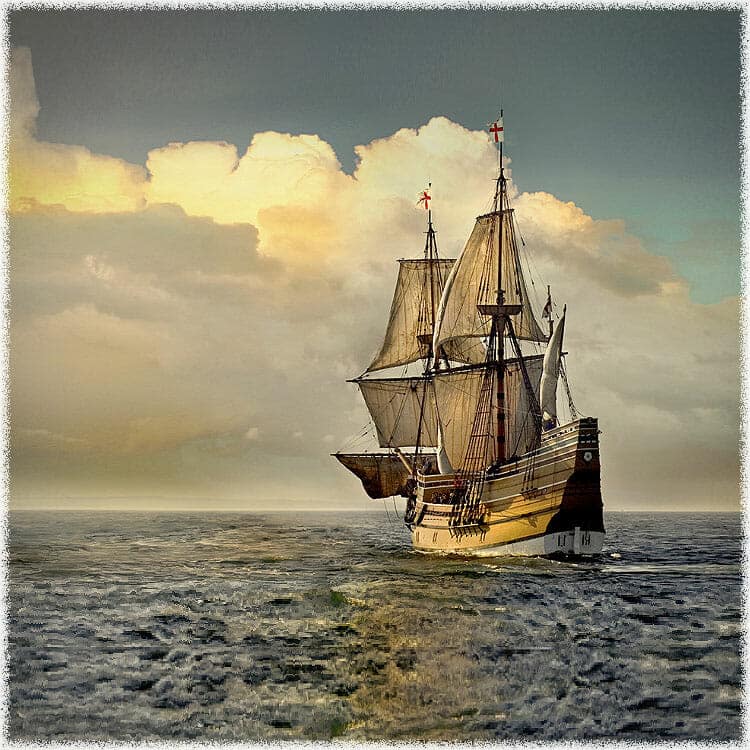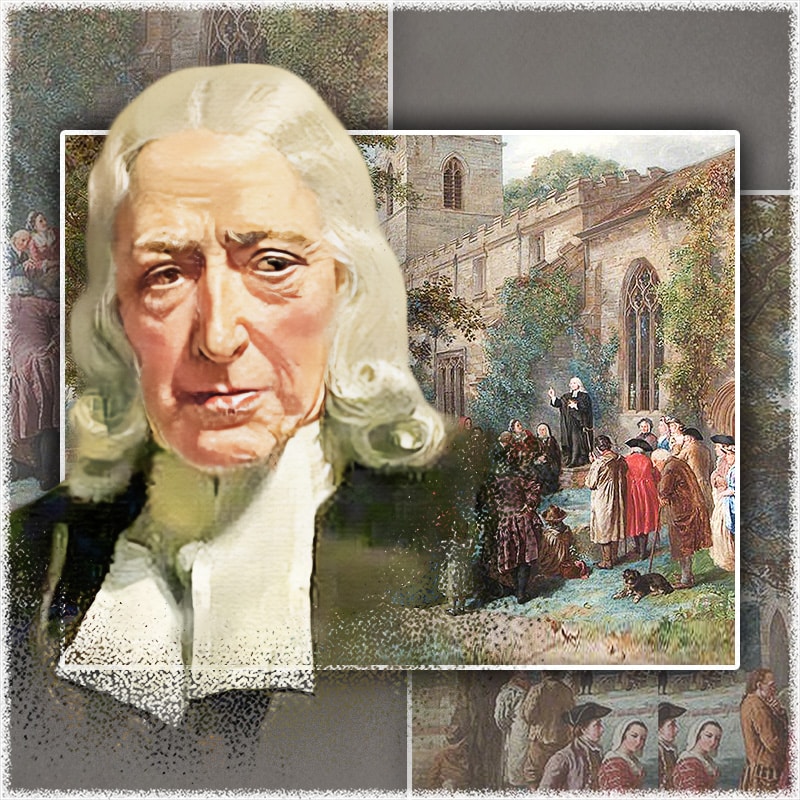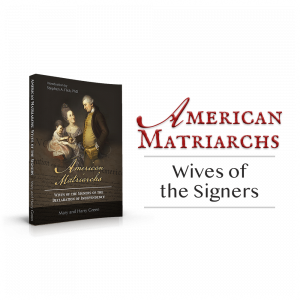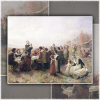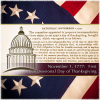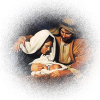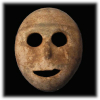The College of William and Mary in Williamsburg, Virginia was founded in 1693, by Anglican priest, James Blair (1656 — April 18, 1743; The Christian Origin of William and Mary). Established under a charter granted by King William III and Queen Mary II of England, it is the second oldest institution of higher education in the United States, preceded only by Harvard University. As a school for the training of Anglican clergy, it was supported by the British crown from its establishment until 1776. In 1906, it became state-supported, and in 1918 became coeducational; in 1967, it became a university, although it retained the historic name under which it was founded, College of William and Mary.bell-ringer
Many of America’s early leaders were educated at the College of William and Mary, including United States presidents Thomas Jefferson, James Monroe, John Tyler, and the renowned chief justice John Marshall. George Washington served as college chancellor from 1788 until his death in 1799. The Greek letter society Phi Beta Kappa was founded at the College of William and Mary in 1776, and the college was the first to offer elective courses and to institute the honor-code system of conduct. Among its other accolades is the fact that the first chair of law in the United States was established at the college in 1779.bell-ringer
In 1848, Benjamin Stoddert Ewell (June 10, 1810 — June 20, 1894)—grandson of the first United States Secretary of the Navy, Benjamin Stoddert—was appointed professor of mathematics and acting president of the College of William and Mary. He was later elected permanent president in 1854 and served in that capacity until 1888. President Ewell, a Presbyterian,[1] guided William and Mary through some of the most tumultuous years of its existence.
Throughout its history, William and Mary closed on three separate occasions. It first closed a short time in 1781, during the American Revolution. The second occasion William and Mary closed was from 1861 to 1869, during the American Civil War and its aftermath, when the entire faculty and nearly ninety percent of the student body enlisted in the army of the Confederacy.
The Battle of Williamsburg was waged on May 5, 1862, resulting in 3,800 Confederate and Union casualties. Following this Union victory, Williamsburg and the College of William and Mary were occupied by the Union Army until September 1865. Both the Battle and subsequent occupation left the town and college in tatters.
Following the Civil War, President Ewell was finally able to reopen William and Mary in 1869 with his own personal funds after he mortgaged his family farm which had been purchased nearby in 1858. Tragically, he lost his farm to foreclosure and a subsequent auction sale.
The third occasion William and Mary closed was from 1881 to 1888. During this latter period, the entire South was engaged in rehabilitation of its towns, fields, and homes. During this era, there were not enough students or real interest to keep the college open. To complicate matters further, the college had been left in ruins by battles fought within and around its ancient walls, and the necessary financial resources necessary for reconstruction were nowhere to be found. The historic campus includes the Christopher Wren Building (1695), where classes are still conducted. This and other early college structures have been restored to their original appearance through grants from the American philanthropist John D. Rockefeller, Jr.
However, that historic institution was not left without hope. Every morning President Ewell made his way through the debris to the old tower and rang the college bell, just as if the college was open. Beginning in 1881, he never failed a single morning to ring the bell. There were no students, no faculty members, and the rain trickled through the battered roofs of the college which mocked all hope of the future. The people of Williamsburg, suffering from the horrors of war, said President Ewell was crazy. Despite the opinion of the town’s people, President Ewell tolled the bell every morning. It was a gesture of confidence, an act of faith, and a demonstration of hope for the future every time the bell tolled. He was determined to help keep education and culture alive in the South, and to his credit he was successful. In 1888, the College of William and Mary opened once again, thanks to the hope and tireless efforts of President Ewell.
As spring 2020 merges into summer, Americans face one of the greatest threats to their constitutional heritage. Since the end of the nineteenth century, a sustained attack has been waged against America’s Christian heritage by secular and irreligious forces. Throughout much of the twentieth century, that attack was waged by communist sympathizers. However, socialists and anarchists now assault the citadel of American liberties, taking opportunity to advance their tyrannical agendas. Despite the destruction in and around William and Mary, President Ewell continued to ring the bell of hope. How desperately America and the world needs bell-ringers of biblical hope…
America deserves to know its true heritage.
Please contribute today!
[1] Anne W. Chapman, "Benjamin Stoddert Ewell: A Biography," (Williamsburg, VA: College of William & Mary, PhD dissertation, 1984), 61.

